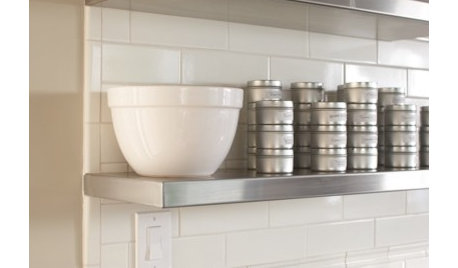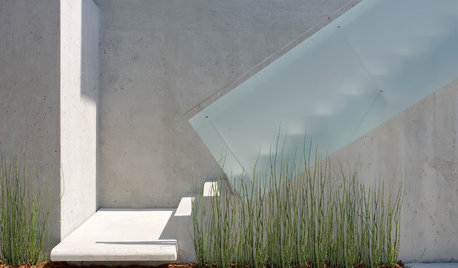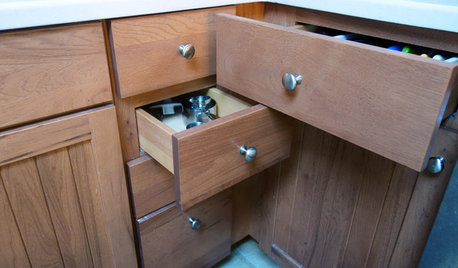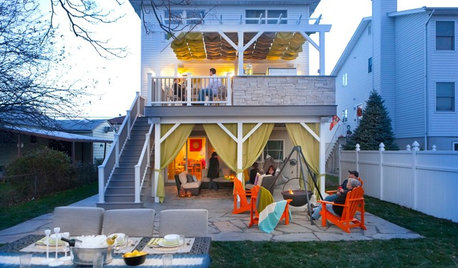Does this tree exist?
eightzoner
13 years ago
Related Stories

INSIDE HOUZZHow Much Does a Remodel Cost, and How Long Does It Take?
The 2016 Houzz & Home survey asked 120,000 Houzzers about their renovation projects. Here’s what they said
Full Story
MOST POPULARWhen Does a House Become a Home?
Getting settled can take more than arranging all your stuff. Discover how to make a real connection with where you live
Full Story
REMODELING GUIDESBathroom Workbook: How Much Does a Bathroom Remodel Cost?
Learn what features to expect for $3,000 to $100,000-plus, to help you plan your bathroom remodel
Full Story
FUN HOUZZDoes Your Home Have a Hidden Message?
If you have ever left or found a message during a construction project, we want to see it!
Full Story
KITCHEN DESIGNHow Much Does a Kitchen Makeover Cost?
See what upgrades you can expect in 3 budget ranges, from basic swap-outs to full-on overhauls
Full Story
LANDSCAPE DESIGNDoes Your Landscape Need a Little ‘Cosmic Latte’?
Beige — the color of the universe — can be both building block and backdrop in a contemporary garden
Full Story
GARDENING GUIDESHow to Keep Your Trees Healthy
Ensure your trees’ vigor for years to come with these tips for protecting roots, watering effectively and more
Full Story
HOME TECHDoes Your Home Need an Operating System?
New technologies hope to unify the lawless frontier of home-automation products. Would they work for you?
Full Story
FUN HOUZZ10 Truly Irritating Things Your Partner Does in the Kitchen
Dirty dishes, food scraps in the sink — will the madness ever stop?
Full Story
LIFEHouzz Call: What Does Summer Look Like at Your Home?
Kids, water, sunshine, backyards, cold drinks — share photos of what summer at home means to you
Full StoryMore Discussions








aftermidnight Zone7b B.C. Canada
Embothrium
Related Professionals
Byram Landscape Contractors · Coeur d'Alene Landscape Contractors · Holland Landscape Contractors · Mason Landscape Contractors · New Cassel Landscape Contractors · Candler-McAfee Fence Contractors · Cockeysville Fence Contractors · Columbia Fence Contractors · Diamond Bar Fence Contractors · Gainesville Fence Contractors · Northridge Fence Contractors · Short Pump Fence Contractors · Tempe Fence Contractors · West Bend Fence Contractors · La Verne Fence ContractorsEmbothrium
eightzonerOriginal Author
Embothrium
eightzonerOriginal Author
Embothrium
gardengal48 (PNW Z8/9)
hemnancy
eightzonerOriginal Author
Embothrium
aftermidnight Zone7b B.C. Canada
cedar_wa
eightzonerOriginal Author
Embothrium
merrygardener
Embothrium
botann
eightzonerOriginal Author
ian_wa
gardengal48 (PNW Z8/9)
Embothrium
Embothrium
lucretia1
Embothrium
Embothrium
gardengal48 (PNW Z8/9)
lucretia1
eightzonerOriginal Author
annukka
Embothrium
bobb_grow
botann
hallerlake
eightzonerOriginal Author
Embothrium
xantippe
botann